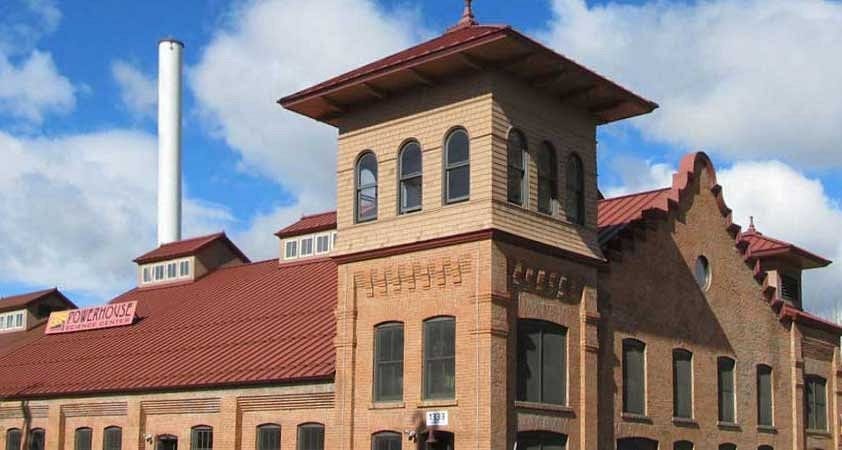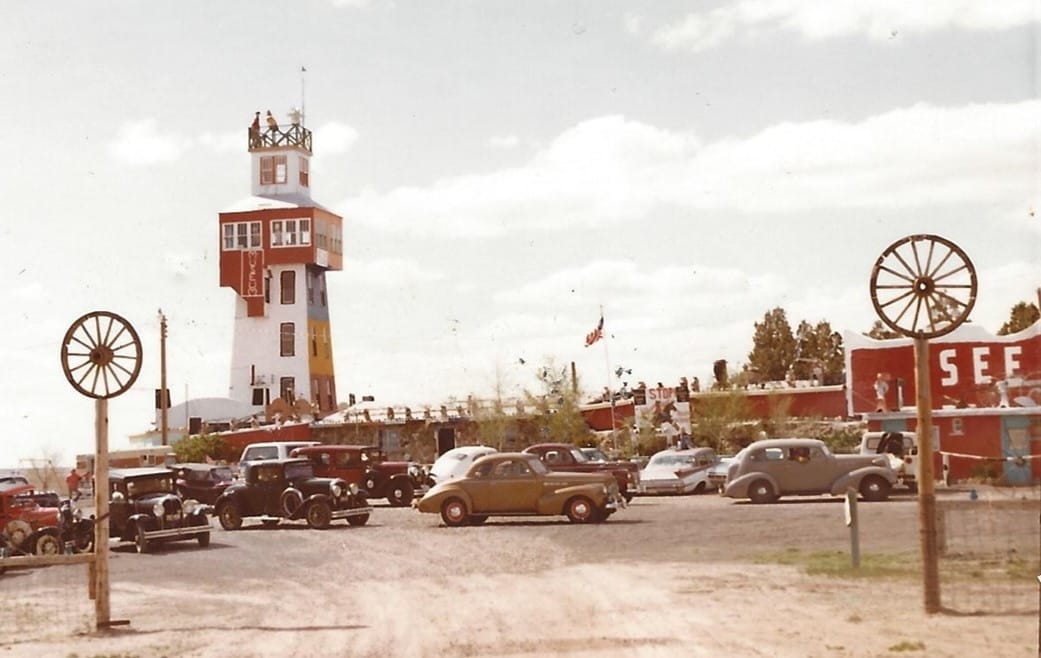Colorado Creative Industries launches major tax credit to support creative, mixed-use community projects statewide.
While the second Trump administration slashes funding to the National Endowment for the Arts, the Corporation for Public Broadcasting and other pillars of American culture, Colorado is charting a defiantly different course. On June 26, the state awarded $10 million in Community Revitalization Tax Credits to 10 projects that bolster artists, expand childcare access and build affordable housing.
“Colorado continues to lead the way by supporting the creative industries in our state,” said Governor Jared Polis in a written statement. “We know that arts and culture do more than improve our quality of life. The arts help our thriving economy, contributing nearly $20 billion per year and supporting over 120,000 jobs across the state.”
The Community Revitalization Tax Credit (CRTC) is the latest expansion of Colorado’s ambitious investment in its creative economy. Established by HB24-1295 in 2024, the CRTC builds on the earlier Community Revitalization Grant program, which provided nearly $100 million to 59 projects statewide. Through this new program, selected projects are eligible for up to $3 million in tax credits, covering 25% of eligible expenses for capital projects that blend creative use with vital community infrastructure.
Among this year’s recipients is The Powerhouse in Durango, a science museum located in a historic riverside power plant. Jeff Susor, the museum’s executive director, called the CRTC “a critical incentive” that will help launch a major capital campaign to transform the site.
“I see the two most immediate impacts as the childcare center and the development of the riverfront plaza,” Susor said. “La Plata County is designated as a childcare desert with a gap of over 1,000 licensed spaces to fully meet community needs. We expect to be under construction this fall and open the new early learning center as early as September 1, 2026. As for the riverfront plaza … we have partnered with the Colorado Health Foundation to develop a community-designed vision for our downtown riverfront with a focus on children and families. We expect to kick off the community planning process later this summer.”
The Powerhouse’s plans include converting underused historic spaces into restrooms, classrooms and event space, boosting functionality and expanding access with the roughly $1 million it received. Susor estimates the renovations will drive a 65% increase in annual visitors, while also creating more opportunities for community programs and family-friendly events.

The Powerhouse in Durango
Roadside attraction
Hundreds of miles to the northeast, another tax credit recipient is turning a crumbling curiosity into a cultural engine. Friends of the Genoa Tower, a nonprofit in tiny Genoa (population: 153), received $134, 941 to restore the World’s Wonder View Tower, a once-thriving roadside attraction on Highway 24. Working with consultant Jamie Giellis of Centro Inc., the project is reviving the site as a regional magnet for art, tourism and economic development.
“As part of the historic restoration of the building, we are bringing the Tower back to its original state,” Giellis said. The tower will also house an artist residency studio, a museum, and an artisan shop showcasing regional talent. “Additional tax credit dollars will be used on those components. We aim to have this first phase of work done by year’s end and open the Tower for visitors in the Spring of 2026.”
Giellis believes the project will have ripple effects. “We believe that the tourism demand for the Tower will bring people off of the Interstate 70 just to see the Tower, or to use one of our EV charging stations, and in turn drive demand for new businesses,” Giellis said. “Additionally, as future phases of the Tower open, we intend to add programming and events which will also increase demand for the area. In time, we believe we will not only incubate new businesses at the Tower but will create demand for new storefront businesses in Genoa and Lincoln County.”

In Aspen, the Aspen Music Festival and School is leveraging the $630,000 tax credit to renovate two historic campus buildings into housing for staff, faculty and visiting musicians.
A new healing center in Denver; housing in Salida
These two projects are just a glimpse of how diverse the CRTC-supported developments are across the state. In Denver, Cleo Parker Robinson Dance will use $1.3 million to launch a new Center for the Healing Arts, which includes a 250-seat theater, wellness spaces for seniors, and job creation for 36 staff members.
Salida’s Artspace development will provide 19 affordable live/work units tailored to local artists and a ground-floor cultural events space with its $1.75 million. Grand Junction’s Terminal Project, a former Greyhound station, has been given $1.95 million to be transformed into culinary hub with gallery space and over 100 income-restricted apartments.
And in Aspen, where affordable housing is famously scarce, the Aspen Music Festival and School is leveraging the $630,000 tax credit to renovate two historic campus buildings into housing for staff, faculty and visiting musicians.
“These renovations will benefit the AMFS by providing us with a flexible, affordable lodging option that directly offsets our expenses while increasing the safety of campus,” said AMFS President and CEO Alan Fletcher.
Boulder’s community radio station KGNU received $850,000 to expand its studios and build a performance venue. In Golden, Foothills Arts Center will use just under $19,000 to complete renovations on two historic properties for classrooms and artist residencies. Walsenburg’s Spanish Peaks Community Foundation received $333,750 to revitalize the historic Fox Theatre. And in Englewood, a $1.95 million award will support 52 moderate-income housing units and a RedLine-run gallery and artist workspace.

Friends of the Genoa Tower, a nonprofit in tiny Genoa (population: 153), received $134, 941 to restore the World’s Wonder View Tower, a once-thriving roadside attraction on Highway 24.
Arts funding as strategy
For Colorado Creative Industries Director Josh Blanchard, the message is clear: arts funding isn’t charity — it’s strategy.
“Recognizing the incredible economic impact of arts and culture in rural and urban communities of all sizes, the State of Colorado had the foresight to expand funding for capital investments in Colorado’s creative industries through the CRTC program established in 2024,” Blanchard said.
Listen to the OnStage Colorado Podcast interview with Josh Blanchard in our February, 2024 episode.
The numbers support Blanchard’s optimism. Collectively, the 59 earlier Community Revitalization Grant recipients created nearly 600 housing units, most of them affordable or workforce housing, and roughly half are in official Creative Districts. Nearly 85% incorporated clean energy features.
These tax credits, Blanchard emphasized, ensure that Colorado’s creative sector remains an engine of inclusive growth. As national funding for the arts faces another round of existential threats, Colorado’s CRTC signals that the future of arts policy might just be local.
“CRTC recipients are elevating the role of the arts and creative industries in communities across the state, from Durango to Walsenburg,” said Eve Lieberman, OEDIT Executive Director. “Their work, which includes creating housing Coloradans can afford and additional childcare services, will support our placemaking efforts across the state and build a Colorado economy that works for everyone.”
A Colorado-based arts reporter originally from Mineola, Texas, who writes about the changing world of theater and culture, with a focus on the financial realities of art production, emerging forms and arts leadership. He’s the Managing Editor of Bucket List Community Cafe, a contributor to Denver Westword and Estes Valley Voice, resident storyteller for the Bonfils-Stanton Foundation and co-host of the OnStage Colorado Podcast. He holds an MBA and an MA in Theatre & Performance Studies from CU Boulder, and his reporting and reviews combine business and artistic expertise.



Leave A Comment